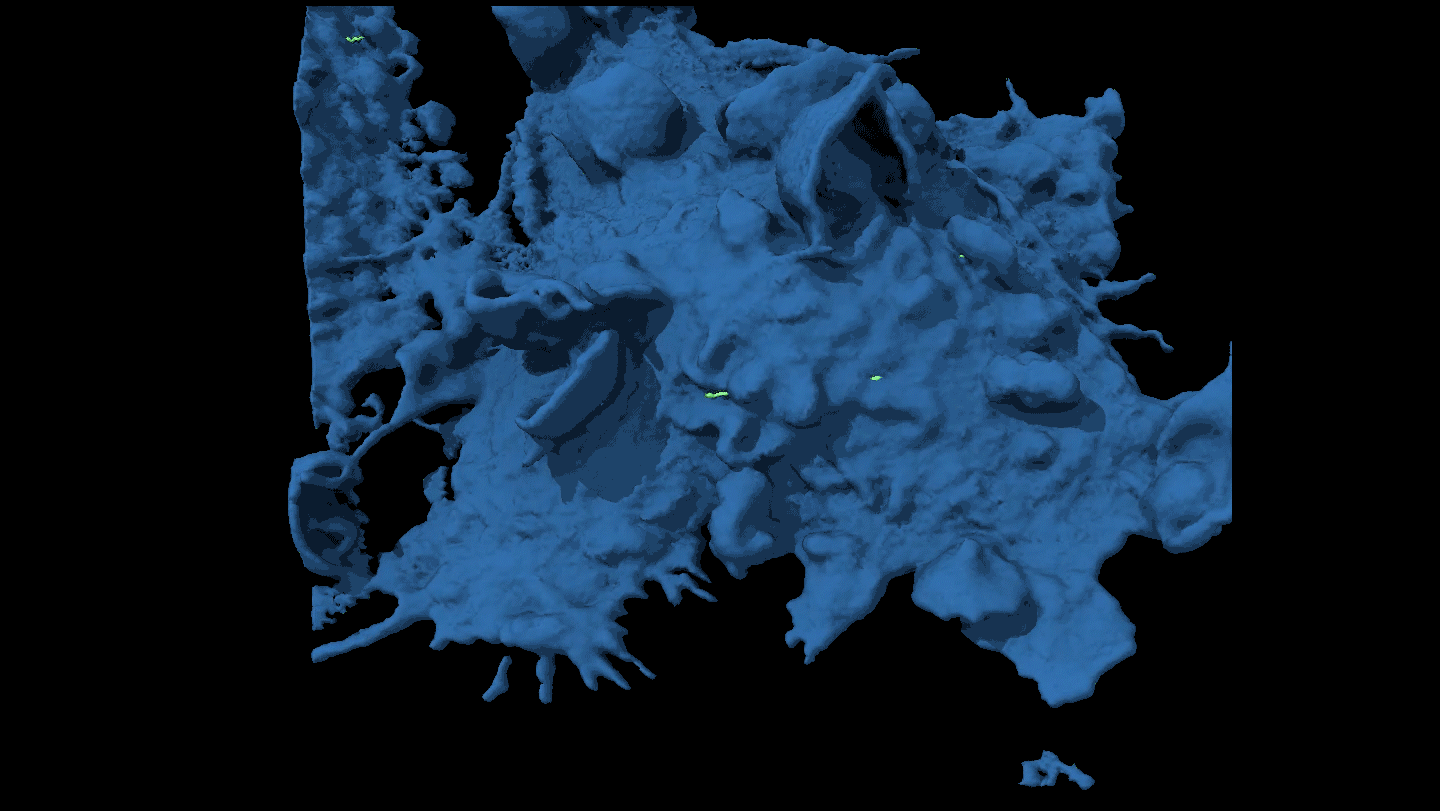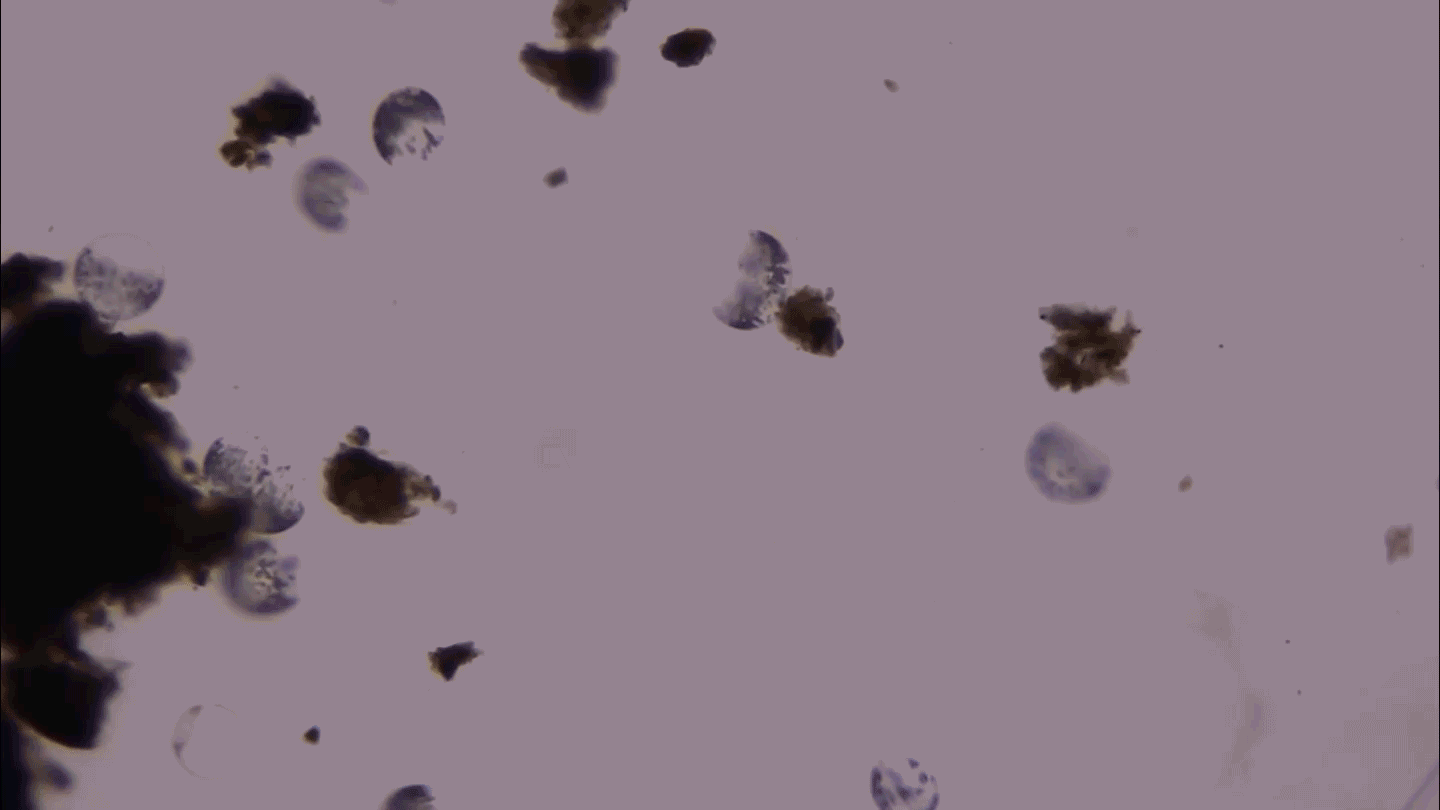- More than 2 years ago
A controversial research paper by Wisconsin researchers that details how to make an airborne version of the H5N1 avian influenza virus is finally making its public debut.
Published online May 2 in Nature, the paper, as well as a similar one by Dutch authors, spells out genetic changes that may render the bird virus infectious between humans by airborne transmission. In November, a U.S. government advisory panel decided that information about creating a fully lethal and transmissible form of the virus should not be published.
H5N1 kills more than half the people it infects, but the virus doesn’t spread from person to person. Revised versions of both research groups’ papers make it clear that airborne, contagious versions of the virus made in the lab don’t retain the killing capacity of the original avian flu. So in March the advisory panel revised its decision to allow full publication of both studies. The Dutch group’s study is still under review in the journal Science.
In the Nature study, researchers led by Yoshihiro Kawaoka of the University of Wisconsin–Madison created a hybrid virus that is mostly an H1N1 virus — a swine flu virus that caused a 2009 pandemic. The researchers replaced a protein called hemagglutinin (the H in H5N1 and H1N1) in the swine flu virus with the H5 version from the avian flu virus. Flu viruses use hemagglutinin to latch onto and invade animal and human cells.
The researchers tested the combination virus in ferrets. By itself, the virus didn’t spread from ferret to ferret through the air. But making just four genetic changes in the H5 protein allowed the virus to spread between ferrets through airborne droplets. Three of the mutations help the virus latch onto cells in the upper respiratory tract, and one makes the protein more stable.
One of the mutations has already been found in H5N1 viruses infecting people, suggesting that those viruses could be close to mutating into versions that can spread among people.
Although the quadruple-mutant virus can pass from one ferret to another, there’s no guarantee it would also be contagious in people, says Martin Schwemmle of the University of Freiburg in Germany. It’s also unclear whether avian flu viruses in the wild would be under enough evolutionary pressure to hang onto mutations that would make the virus infectious in people, he says.
Schwemmle and his colleagues have discovered a genetic trick that many H5N1 viruses use to reproduce in human cells. Normally when avian flu viruses (including H5N1) infect human cells, they have a hard time copying the eight pieces of RNA that make up their genomes. Now, Schwemmle’s group reports online May 1 in Nature Communications that mutations altering a protein called NEP can boost the efficiency of an RNA-copying protein and allow H5N1 to reproduce in human cells. The finding gives researchers another insight into how flu viruses adapt to infect people.






